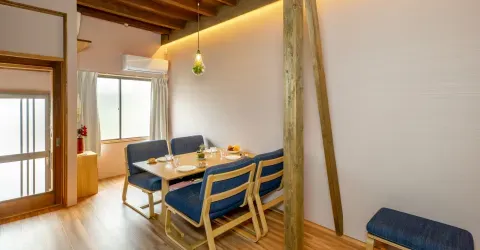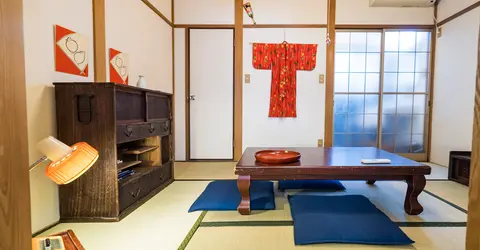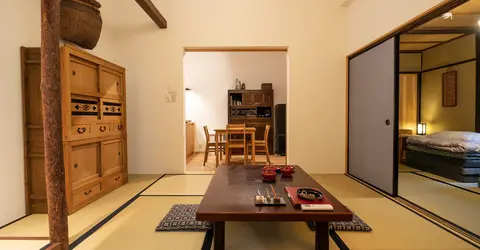Kawashima textiles from the village of Ichihara
Kawashima textiles: The textiles made by the famous firm of Kawashima are everywhere in Japan - in its trains, planes, homes and offices. From traditional obi, painstakingly crafted by hand, to huge theater curtains, Kawashima textiles are synonymous with quality.
Kawashima textiles from the village of Ichihara 川島織物セルコン
The textiles made by the famous firm of Kawashima are everywhere in Japan - in its trains, planes, homes and offices. From traditional obi, painstakingly crafted by hand, to huge theater curtains, Kawashima textiles are synonymous with quality.
They've even earned themselves the approval of the Imperial Household which has commissioned Kawashima tapestries for the Akasaka, Showa and Kyoto palaces. If you'd like to see the craft traditions of Kyoto at their living best, why not pay their workrooms a visit?
Kawashima began in 1843 as a kimono wholesaler in Kyoto's Muromachi district. It wasn't until 1880, however, when the founder's son, Jinbei Kawashima II, resurrected a neglected technique of brocade weaving called tsuzure that the company's fortunes were assured. The introduction of power looms and the construction of a modern weaving mill in 1918 gave added impetus to its progress. Then came the war. In the aftermath, Kawashima managed to survive by supplying fabric for the homes and cars of Occupation personnel. Kawashima made a virtue of necessity, though - in no time that had become the basis of a new field of enterprise. When Kawashima opened its Ichihara factory in 1964, it showed rare foresight and designed it to be visitor-friendly. They are proud of what they make and welcome observation. All rooms have big glass windows so the manufacturing processes are in plain sight.
The factory is divided into two parts: the first is where carpets and curtains are machine made. Here you can also see threads and yarns being dyed. In the second part you can observe such traditional products as obi and kimono being hand made. When you see that it takes skilled professionals an entire day to weave three centimeters of an obi, you begin to realize why they're so expensive! This part of the factory, too, is where Kawashima makes its huge stage curtains, or doncho. In a cavernous room, as many as ten weavers work away on a huge tsuzure loom in what is a marvelous combination of human talent and technology. One curtain can be 24 meters wide and 6 meters high and usually takes about six months to complete.
In addition to the factory, Kawashima also operates a Textile School and a Textile Museum in Ichihara. The school was started in 1973 to teach weaving, dyeing, and other textile skills. The Kawashima Textile Museum, opened in 1984, has a rotating collection of about 80,000 textiles from ancient Japan, China, Persia, and other countries. A stop in their museum would provide a useful perspective on the textiles you saw being made at their factory and would be a good way to end your visit to Ichihara. To get to Kawashima's scenic location, take the Keifuku Railway from Demachiyanagi to Ichihara, and then walk south for ten minutes. There are also buses (number #52) from Kokusaikaikan Station on the north-south Karasuma Line of the Kyoto subway. Kawashima Selkon 265 Ichihara-cho, Shizuichi Sakyo-ku, Kyoto 601-1192 Tel: (075) 741 4111 (Japanese) Open: Textile Museum, 10am-4.30pm (admission until 4pm). Reservation required for factory visit. Closed Saturdays, Sundays, and National Holidays. The graduation exhibition of the Kawashima Textile School will be held at the Kyoto Municipal Museum of Art Annex from February 14-18. Content by Your Japan Private Tours a tour operator with over 30 years of experience all over Japan (Tokyo area, Kyoto area, and all major tourist destination favourites). Visit us at www.kyoto-tokyo-private-tours.com today!

































